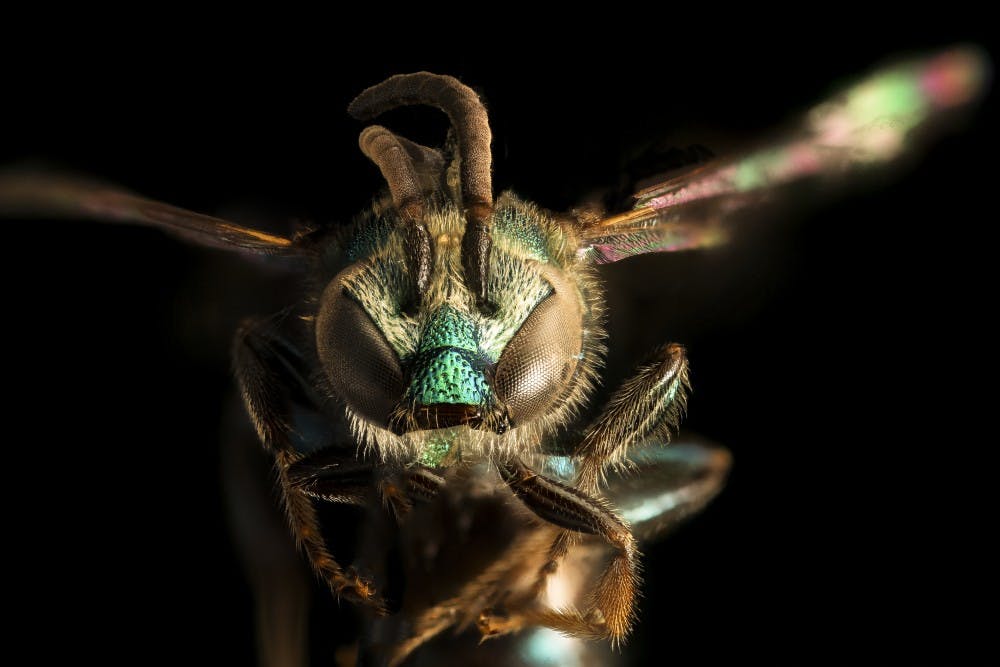Paige Embry will be speaking about her new book, "Our Native Bees: North America’s Endangered Pollinators and the Fight to Save Them," at Flyleaf Books on Saturday, March 10 at 2 p.m. Embry is from Seattle, Wash., and has a bachelor's degree in geology from Duke University and a master's degree in geology from the University of Montana.
Staff writer Chadwick Dunefsky spoke with Embry about her new book and why she considered native bees important.
The Daily Tar Heel: Could you tell me about your new book? What is it about?
Paige Embry: It is not a guide book to native bees. It is much more of an armchair read of stories that happen to be about native bees. I am a longtime gardener, and when I learned that honey bees can’t pollinate tomatoes, I thought I should know that already, and I thought a gardener should know that, as well. So I went out and started investigating native bees, and I ran into all of these cool stories about bees, and it made me want to work with them.
DTH: Why would you say it’s important for us to be talking about bees today?
PE: Well, honey bees get all the press. Everybody knows about the trouble that the honey bees are in, but few people know really anything at all about our native bees. There are 4,000 species of bees that are native to the U.S. and Canada. We do know that there are problems (with native bees), habitat loss and things along those lines... So I think people should know about that. And also people who have access to gardens or farms, it’s really easy to modify gardens to support native bees. It’s a conservation effort if people know a little bit about it.
DTH: What would you suggest to people if they wanted to learn about these modifications?
PE: To avoid pesticides, provide nest-sites. Because most people think of flowers when they think of what to do for bees, (you need) to plant flowers that have good pollen and nectar resources, and that’s important. But the wild bees, 70 percent of them live in the ground, 30 percent of them live in an above ground hole like an old beetle burrow or in an old den somewhere. They have to have a place to live that’s close to those flowers because some of the bees are smaller than a grain of rice and they don’t fly very far from their homes to the flowers... So in addition to planting flowers which people do for honey bees, you also need to leave some open ground and provide some above ground holes for them. It could be that you cut down some raspberry canes and stash them in a corner somewhere.
DTH: Is your home modified like this, as well?



